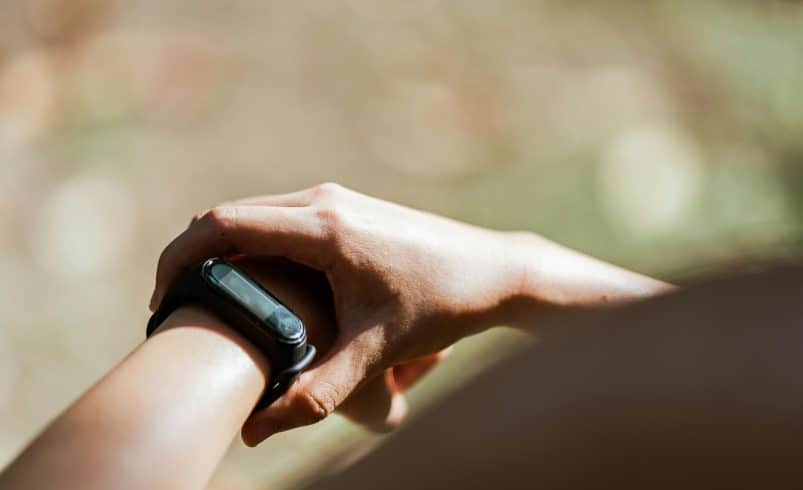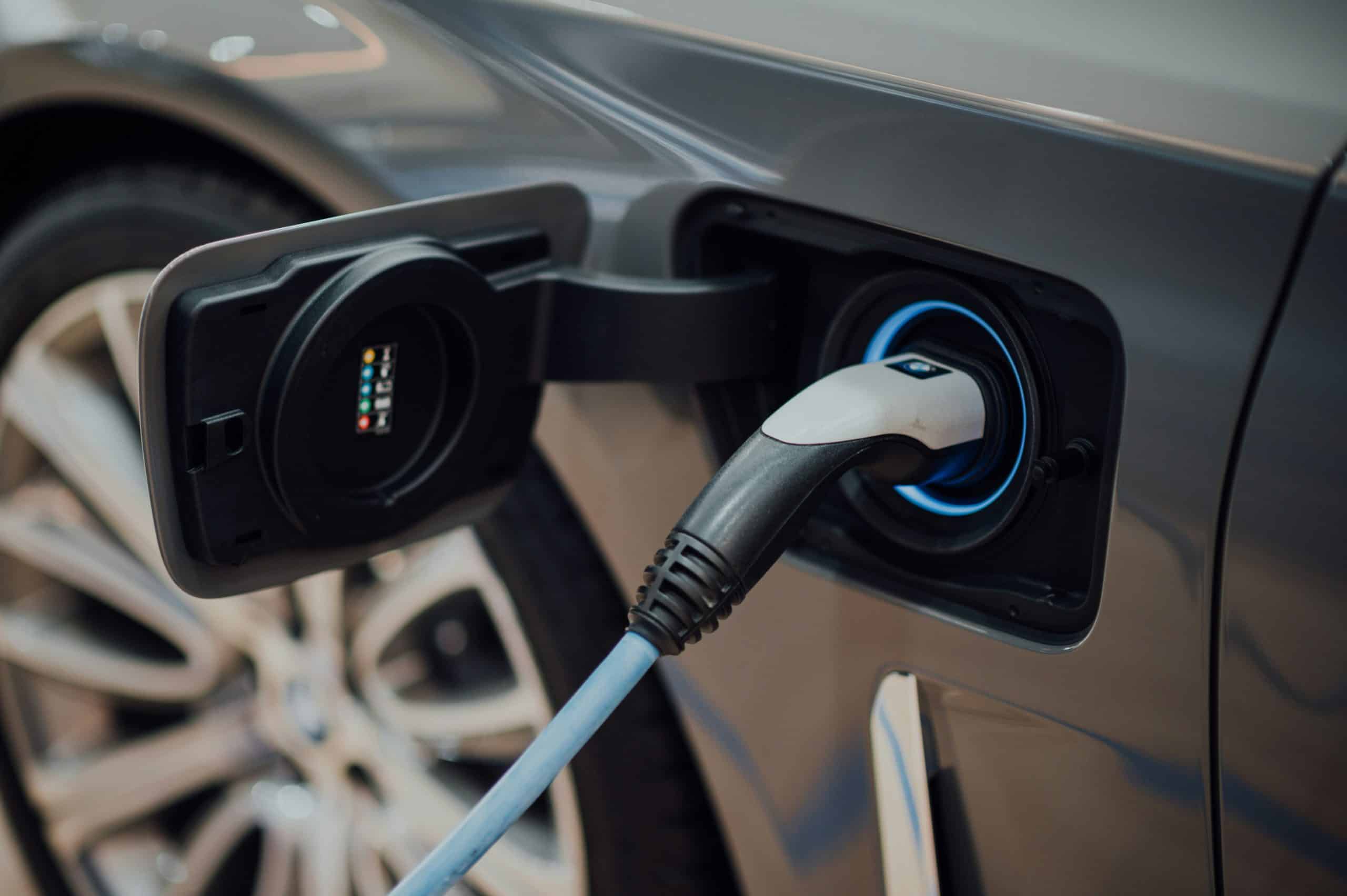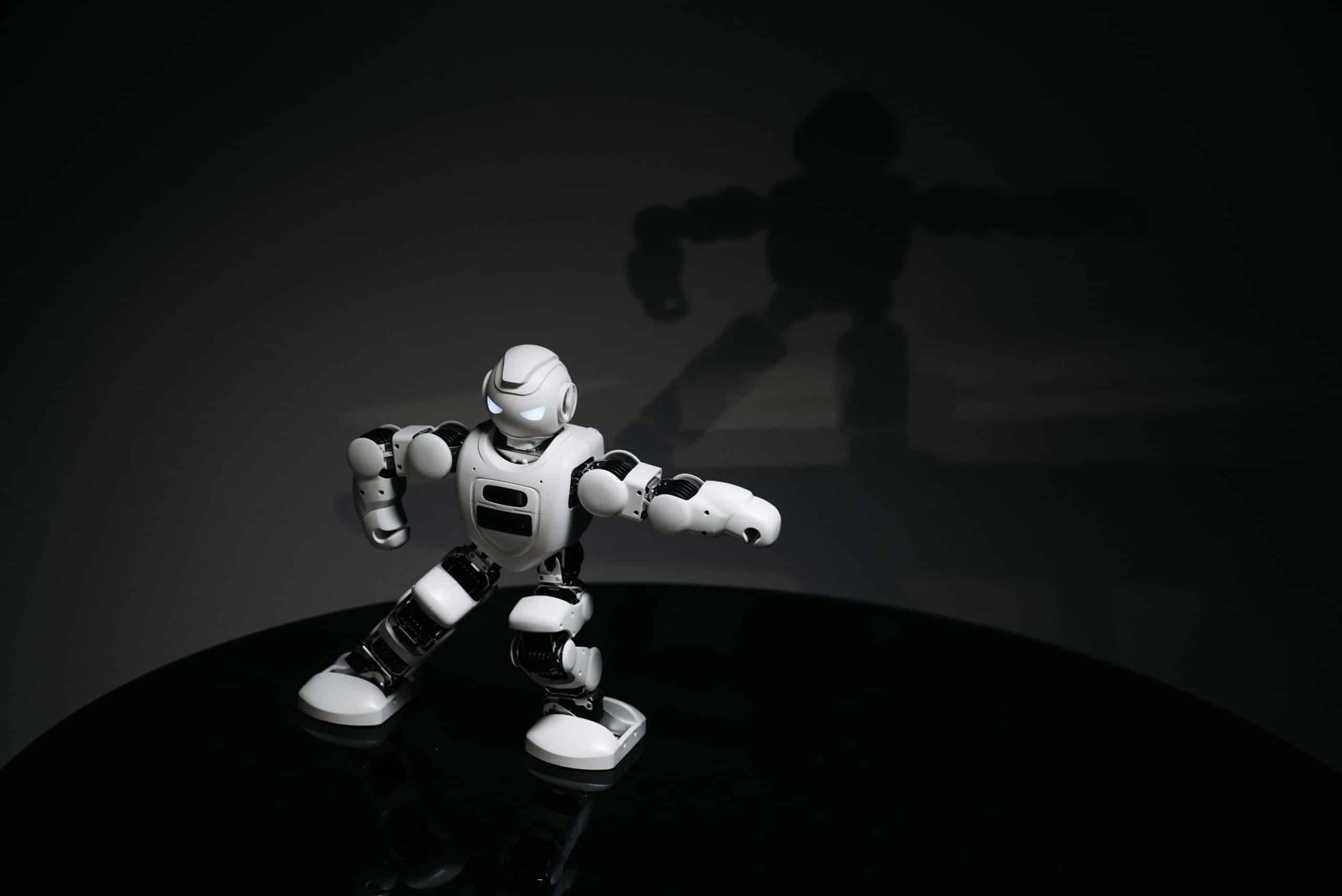According to recent healthcare statistics, 78% of Americans now prefer managing their health through smart devices rather than frequent doctor visits. I’ve spent years testing various health monitoring devices, and the technology has evolved remarkably. Today’s smart health monitors offer professional-grade accuracy while being incredibly user-friendly.
Revolutionary Wearable Health Monitors
The landscape of personal health monitoring has transformed dramatically with FDA-cleared smartwatches leading the charge. These devices now incorporate medical-grade ECG sensors, blood oxygen monitoring, and advanced heart rate variability tracking. Current-generation smartwatches can detect irregular heart rhythms and potential signs of atrial fibrillation with remarkable accuracy.
Advanced fitness trackers have evolved beyond simple step counting. Modern devices utilize photoplethysmography (PPG) sensors and accelerometers to provide comprehensive health insights. These medical-grade sensors track everything from respiratory rate to stress levels, offering users unprecedented visibility into their physiological state.
Smart rings represent the latest innovation in wearable health technology. These compact devices pack sophisticated sensors into a form factor smaller than a traditional ring, monitoring sleep cycles, body temperature, and heart rate variability. Their discrete design makes them particularly appealing for continuous health monitoring.
Continuous glucose monitoring (CGM) devices have revolutionized diabetes management. Modern CGMs provide real-time blood sugar readings through small subcutaneous sensors, eliminating the need for frequent finger pricks. These devices can predict dangerous blood sugar trends hours in advance, potentially preventing severe complications.
Battery performance varies significantly across devices. While basic fitness trackers might last weeks between charges, advanced smartwatches typically require daily charging. Smart rings generally achieve 5-7 days of battery life, while CGM sensors need replacement every 7-14 days. Durability ratings range from basic splash resistance to comprehensive waterproofing up to 50 meters.
Home-Based Health Monitoring Systems
Smart mirrors integrate advanced sensing technology with daily routines. These devices scan facial features and body measurements to assess various health markers, including signs of stress, dehydration, and skin health. Some models incorporate thermal imaging to detect subtle temperature variations that might indicate illness.
Contactless monitoring systems use radar technology and computer vision to measure vital signs from a distance. These devices can track heart rate, breathing patterns, and sleep quality without physical contact, making them ideal for monitoring vulnerable individuals or those who find wearables uncomfortable.
AI-powered health stations combine multiple sensors into comprehensive health assessment tools. These stations can measure blood pressure, body composition, and even perform basic ECG readings. Machine learning algorithms analyze trends over time, identifying potential health concerns before they become serious.
Smart scales have evolved to measure more than just weight. Modern devices assess body fat percentage, muscle mass, bone density, and hydration levels through bioelectrical impedance analysis. Some models can recognize multiple users and track changes in body composition over time.
Integration capabilities with smartphone apps create a unified health monitoring ecosystem. Most devices synchronize data automatically, providing detailed analytics and personalized health insights through user-friendly interfaces.
Key Features to Consider Before Purchasing
Accuracy comparison with medical devices reveals varying levels of reliability. While some consumer devices approach medical-grade precision, others show significant deviation. FDA-cleared devices typically demonstrate accuracy within 2-3% of hospital equipment for specific measurements.
Data security features protect sensitive health information. Look for devices that implement end-to-end encryption, secure data storage, and compliance with healthcare privacy regulations. Some manufacturers offer additional security measures like two-factor authentication and detailed data access controls.
Interface design significantly impacts daily usage. The best devices balance comprehensive health tracking with intuitive controls. Consider the learning curve associated with each device and whether it matches your technical comfort level.
Emergency alert systems vary in sophistication. Advanced models can detect falls, unusual heart rhythms, or dangerous vital sign readings and automatically contact emergency services or designated caregivers. Response time and false alarm rates should factor into selection criteria.
Price points range from basic trackers under $100 to comprehensive systems costing several thousand dollars. Value assessment should consider long-term reliability, feature set, and potential healthcare cost savings through preventive monitoring.
Setting Up Your Personal Health Monitoring System
A comprehensive monitoring routine begins with identifying key health metrics relevant to your situation. Establish regular measurement schedules and determine which parameters require continuous versus periodic monitoring.
Baseline measurements provide context for future readings. Spend several weeks collecting data under various conditions to understand your normal ranges. This baseline helps distinguish between natural variations and potential health concerns.
Alert threshold configuration requires careful consideration. Set parameters tight enough to catch significant changes but not so sensitive that they generate frequent false alarms. Consider adjusting thresholds based on activities and time of day.
Data synchronization across multiple devices ensures comprehensive health tracking. Configure automatic backups and establish redundant storage systems for critical health data. Regular sync checks prevent data gaps that could mask important trends.
Maintenance requirements include sensor cleaning, battery management, and periodic accuracy verification. Create a schedule for device calibration and component replacement to maintain optimal performance.
When to Seek Professional Medical Care
Health monitoring devices complement but don’t replace professional medical care. Understand each device’s limitations and accuracy ranges. Some measurements might require clinical verification before making treatment decisions.
Warning signs that warrant immediate medical attention include sustained abnormal readings, sudden significant changes in vital signs, or multiple parameters showing concerning trends simultaneously.
Emergency protocols should be established before they’re needed. Program emergency contact numbers into devices, document baseline readings for medical professionals, and maintain an updated list of medications and health conditions.
Healthcare provider collaboration maximizes the value of personal health monitoring. Many devices can generate detailed reports for medical review. Discuss monitoring protocols with your healthcare team to establish appropriate sharing methods and frequency.
Insurance providers increasingly recognize the value of personal health monitoring. Some plans cover specific devices or offer incentives for consistent monitoring. Review your policy details and maintain documentation of device accuracy for potential reimbursement claims.
The Future of Independent Health Monitoring
Time to embrace the revolution in personal health tracking. These smart monitors represent a significant step toward proactive health management. Remember, while these devices offer incredible insights, they complement rather than replace professional medical care. Take charge of your health today by choosing the right monitoring solution for your needs.













